Mysterious and elusive the Australian Platypus is an incredible mammal.
No it isnt the result of a beaver and a duck making a baby, it is a unique species of its own.
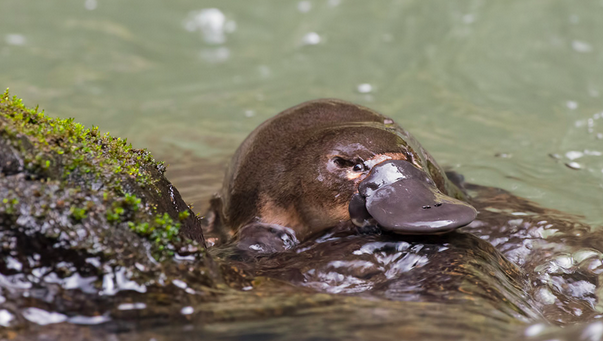
Very little is known about these native Australian animals but incredibly it is one of only 5 mammals that still lay eggs similar to a bird or reptile. The Platypus does though secret milk just like every other mammal species like you or me.
This means a platypus is a monotreme, an egg laying mammal.
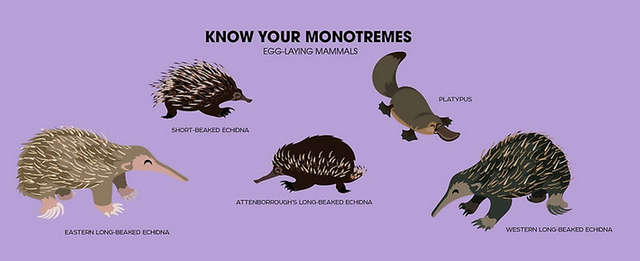
Platypus lay their eggs in a burrow, in the sides of river banks. After the eggs hatch the baby platypus are completely dependent on their mother for milk and protection. The baby Platypus are called puggles and are hatched completely hairless.
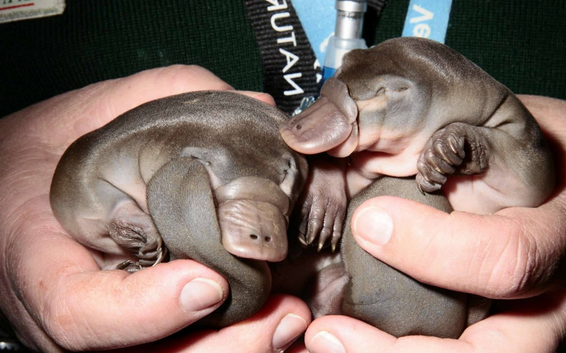
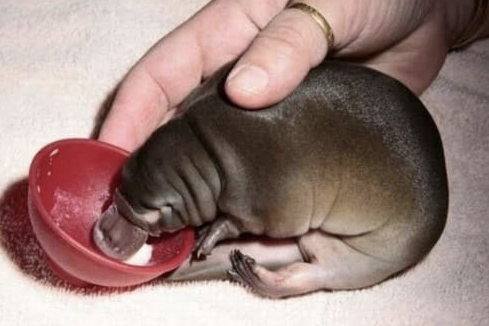
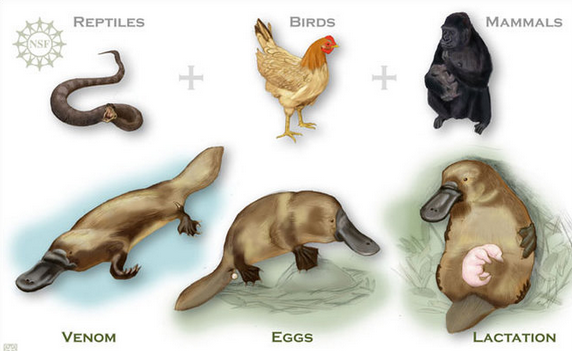
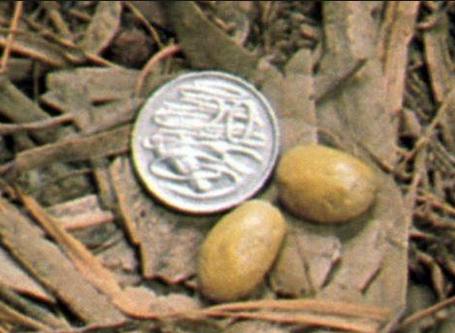
Venom glands like a snake, male platypus have two venomous spurs on their hind legs, the venom when contacted with humans is excruciating, but has not caused death.
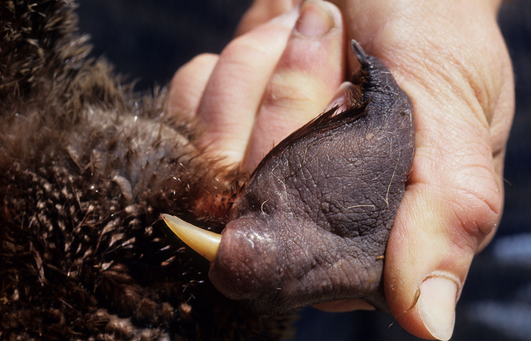
Most mammals only have one or two layers of fur to cope with the weather of their environment, platypus have 7 whole layers of brown fur with plenty of loose scruff to store fat, this means they can live in frozen rivers that have been snowed over with no worries.
Platypus have a unique bill, it acts as an electrode sensor that picks up movements of all its favourite foods; shrimp, crayfish, and other invertebrates. The bill also senses disturbances and movements that are in and around the body of water it resides in. This ability makes them very good at avoiding predators but also very difficult to spot in the wild.
The species is also nocturnal feeding up to 9 hours a day. foraging along the creek beds, and digging through debris like fallen branches. Most Platypus sightings occur very early in the morning while the animals are finishing up feeding.
Habitats run along the entire east coast of Australia into Tasmania following the mountain ranges, but doesnt span further west than the inside boarder of Queensland. Found in creeks, rivers, dams, most moving water estuaries, though they are sensitive to contaminants, run off, deforestation, and cattle or live stock bank trampling. Opera house traps claim more wild Platypus lives than the rest of the other impacts, as they catch Platypus chasing crayfish and shrimp caught in those traps, and unfortunately drown.
The species is most active in colder months from May into October, as they look for a breeding partner in those months and will trek through many river systems to find a male territory suitable to lay eggs in.
Here are some realistic pictures of what the average person might see in the wild.
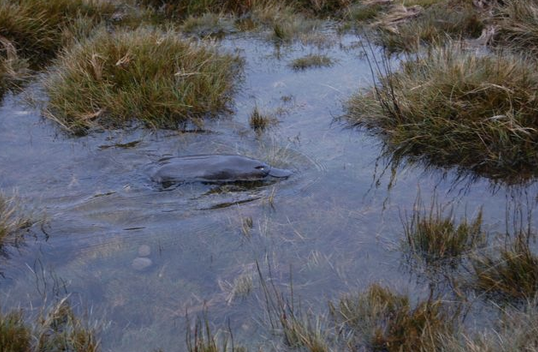
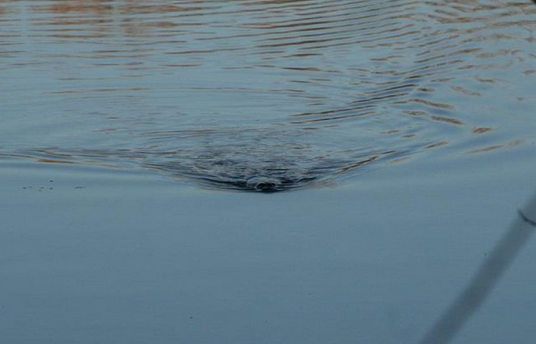
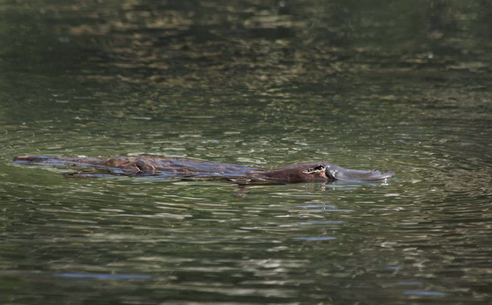
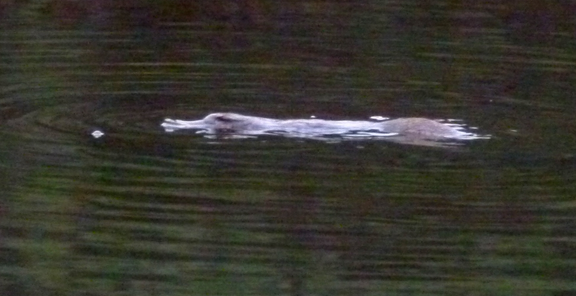
Thanks for sharing. I learned a lot. The puggles are adorable. It's interesting that they forage for such a long time. Is that becuase they're inefficient hunters? Or because they need the engery for their daily activity?
Downvoting a post can decrease pending rewards and make it less visible. Common reasons:
Submit